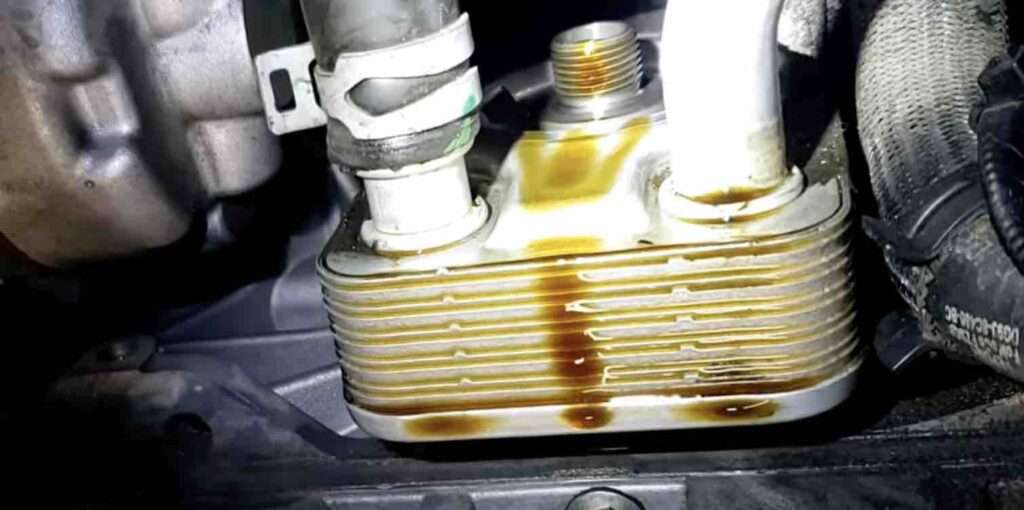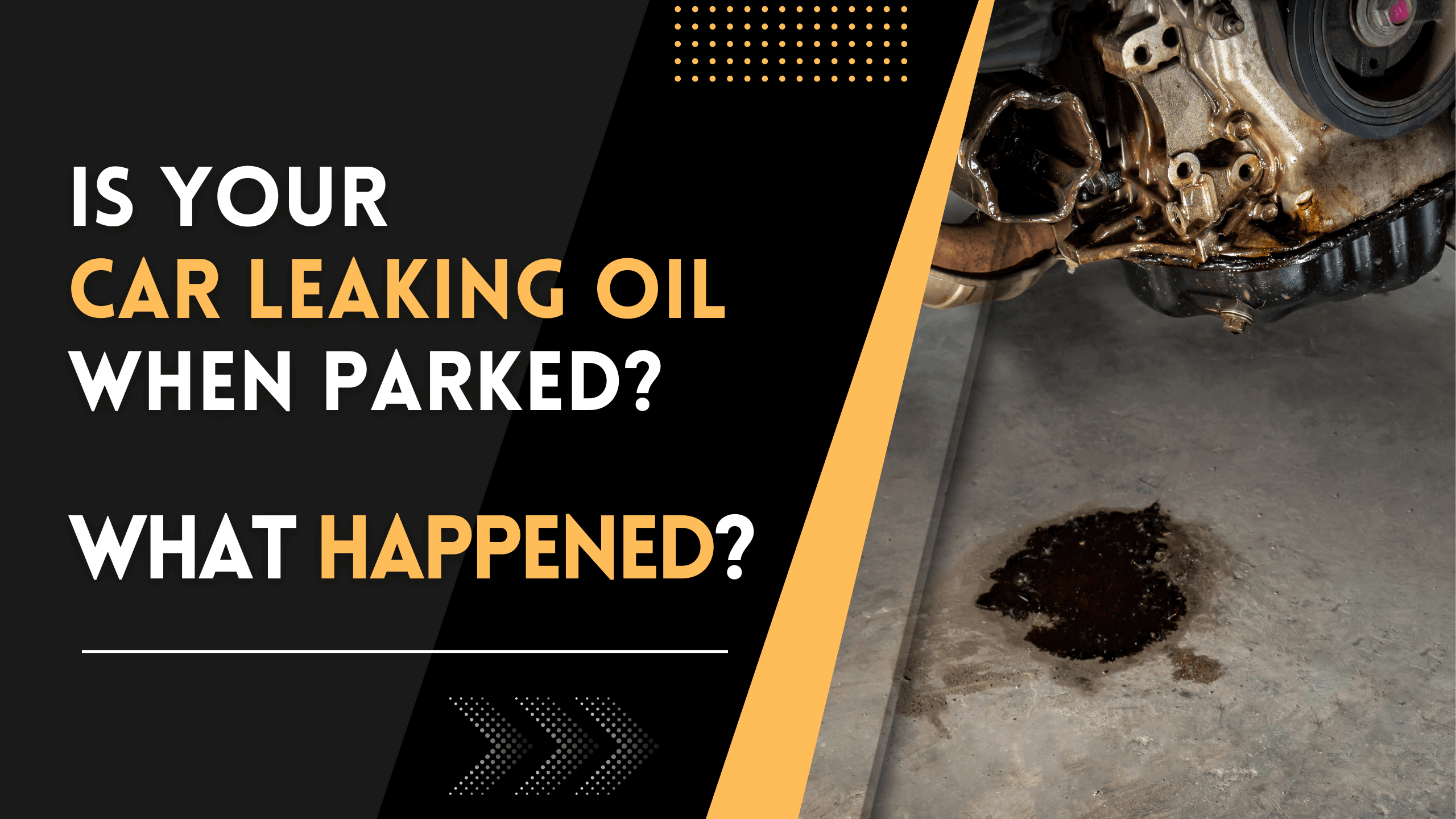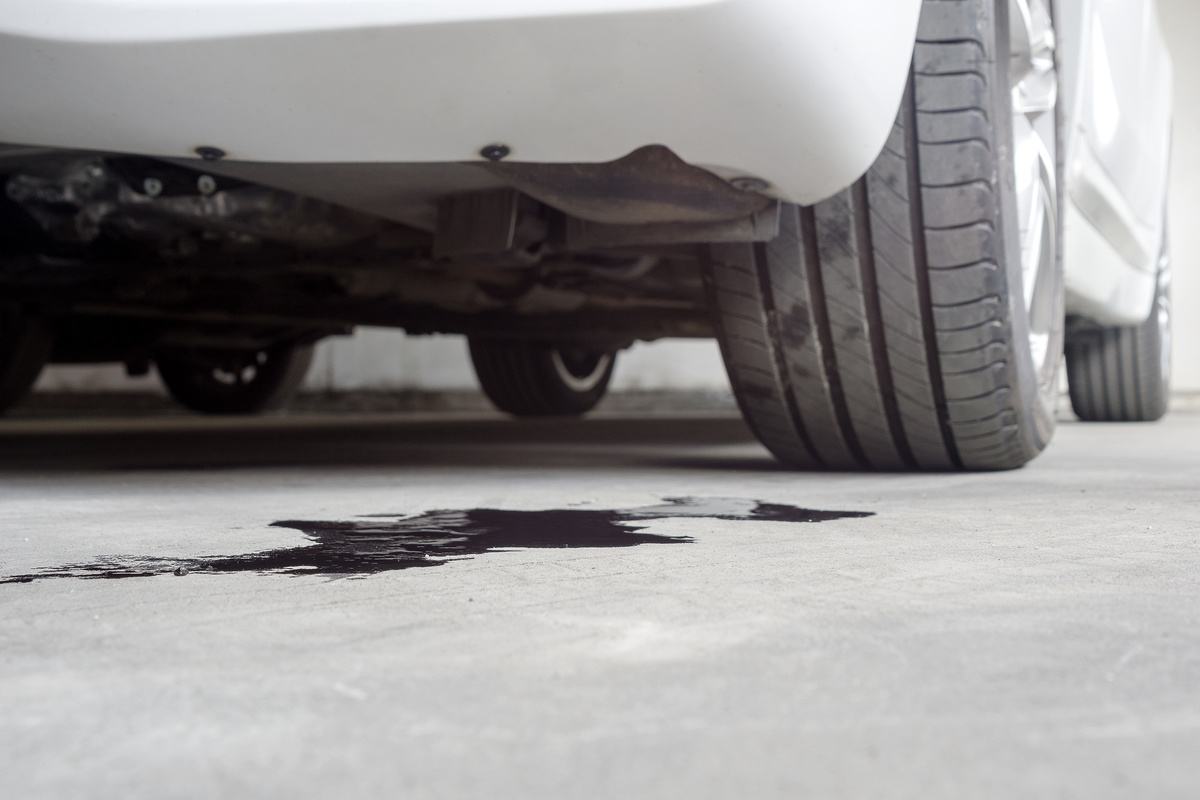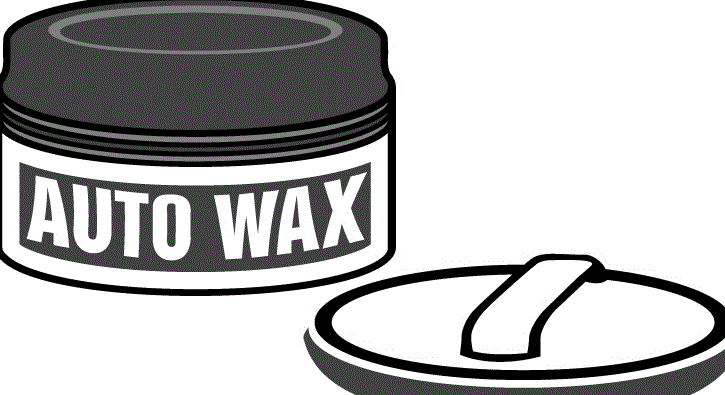Brand New Car Leaking Oil: A Comprehensive Guide to Understanding, Diagnosing, and Resolving This Unexpected Issue
Brand New Car Leaking Oil: A Comprehensive Guide to Understanding, Diagnosing, and Resolving This Unexpected Issue cars.truckstrend.com
The exhilarating feeling of driving a brand new car off the lot is unparalleled. The pristine interior, the distinctive new car smell, and the promise of trouble-free motoring for years to come—it’s a significant investment and a source of pride. That feeling, however, can quickly turn to dismay if you discover an ominous puddle of oil under your gleaming new vehicle. A brand new car leaking oil is not just an inconvenience; it’s a serious and unexpected issue that demands immediate attention.
This comprehensive guide will delve into the intricacies of brand new car oil leaks, exploring why they happen, how to identify them, the crucial steps to take, and how to navigate the resolution process with your dealership. While such an occurrence is rare, understanding it is key to protecting your investment and ensuring your vehicle’s longevity and safety.
Brand New Car Leaking Oil: A Comprehensive Guide to Understanding, Diagnosing, and Resolving This Unexpected Issue
Why a Brand New Car Leaks Oil: Understanding the Root Causes
It seems counterintuitive for a vehicle fresh off the assembly line to develop a leak. After all, aren’t new cars supposed to be perfect? While manufacturing processes are highly sophisticated, human error, material defects, and transit incidents can still lead to issues. Here are the primary reasons a brand new car might leak oil:
-
Manufacturing Defects:
- Faulty Seals or Gaskets: The most common culprits. Engine components, such as the oil pan, valve covers, crankshaft, and camshaft, rely on various seals and gaskets (e.g., rubber, silicone, paper) to contain oil. A seal that is improperly molded, cut, or made from a defective batch of material can fail prematurely.
- Porous Castings: Less common, but possible. Engine blocks or oil pans made from cast metals can sometimes have microscopic pores or imperfections that allow oil to seep through.
- Cracked Components: Rarely, a component like an oil filter housing or an oil cooler line might have a hairline crack from the factory due to stress or material flaws.

-
Improper Assembly or Installation:

- Loose Drain Plug: During the final assembly or pre-delivery inspection (PDI), the oil drain plug might not be sufficiently tightened, leading to a slow drip or a more significant leak.
- Incorrectly Installed Oil Filter: An oil filter that is cross-threaded, not tightened enough, or has a pinched O-ring gasket will almost certainly leak.
- Over-torqued Bolts: While under-tightening is a risk, over-tightening bolts on components like the oil pan or valve cover can also cause problems. Excessive torque can strip threads, crack the component itself, or deform a gasket, compromising its seal.
- Damaged Sensor Seals: Oil pressure sensors or other engine sensors that screw into the engine block can sometimes have their seals damaged during installation, leading to a leak around the sensor’s base.

-
Damage During Transport or Pre-Delivery Inspection (PDI):
- Impact Damage: While unlikely, a severe jolt or impact during shipping (e.g., from the factory to the dealership) could potentially damage an oil pan or a vulnerable oil line.
- PDI Mishaps: Dealership technicians perform a PDI before handing over the car. If they change the oil during PDI (rare for brand new cars but possible if the car sat for a long time or required a specific break-in oil), errors like those mentioned above (drain plug, oil filter) could occur.
-
Design Flaws: In extremely rare cases, a specific model or engine might have a known design flaw that leads to premature seal failure or other leak points. These are usually identified and addressed through manufacturer recalls or service bulletins.
Understanding these potential causes is crucial because it helps in effectively communicating the issue to the dealership and ensuring a proper diagnosis and repair.
Identifying the Leak: What to Look For
Spotting an oil leak early can prevent more significant problems. Be vigilant, especially in the first few weeks of ownership.
- Puddles Under the Car: This is the most obvious sign.
- Color: Engine oil is typically amber or golden when fresh, turning dark brown or black as it ages. A brand new car’s leak will likely be cleaner oil.
- Consistency: Oil is slick and viscous.
- Location: Note where the puddle forms. If it’s towards the front or middle of the engine bay, it’s likely engine oil.
- Oil Spots on Driveway/Garage Floor: Even small drips can leave tell-tale spots over time.
- Burning Smell: If oil drips onto hot exhaust components or other engine parts, it will produce a distinct burning smell, often described as acrid or chemical. This is a serious indicator and can also be a fire hazard.
- Smoke from the Engine Bay: Oil burning on hot engine surfaces can also produce visible smoke, especially when the engine is running or just after it’s been turned off.
- Low Oil Level on Dipstick: While less common for a brand new car unless the leak is substantial and has gone unnoticed for some time, regularly checking your oil level can confirm significant oil loss.
- Dashboard Warning Lights: An "oil pressure" warning light or a "low oil level" indicator (if equipped) will illuminate if the oil pressure drops critically low or the oil level falls below a safe threshold. Do not ignore these lights.
- Visual Inspection: Periodically open the hood and visually inspect the engine bay for signs of oil residue, especially around gaskets, seals, the oil pan, and the oil filter. A clean engine bay makes leaks easier to spot.
Immediate Steps to Take When You Discover a Leak
Discovering an oil leak in your new car can be frustrating, but immediate and decisive action is key.
- Do Not Ignore It: Even a small leak can escalate quickly and lead to severe engine damage or a fire hazard if left unaddressed.
- Document Everything:
- Take Photos and Videos: Capture clear images of the oil puddle, the underside of the car, and any visible oil residue in the engine bay. Note the date and time.
- Note Details: Record when you first noticed the leak, the approximate size of the puddle, and any other symptoms (smell, smoke).
- Check Oil Level (Carefully): Locate your car’s dipstick (refer to your owner’s manual). Pull it out, wipe it clean, reinsert it fully, then pull it out again to check the oil level. If it’s significantly low, make a note. Do not overfill the oil, as this can cause other problems.
- Contact the Dealership/Manufacturer Immediately: This is your primary course of action. Do not attempt to fix the leak yourself, as this can void your warranty.
- Explain clearly that you have a brand new vehicle leaking oil.
- Emphasize that the car is under warranty.
- Request a service appointment as soon as possible.
- Understand Your Warranty Rights: Your new car is covered by a bumper-to-bumper warranty, which includes defects in materials and workmanship. An oil leak stemming from a manufacturing or assembly defect falls squarely under this coverage. Keep all purchase documents and warranty information handy.
- Avoid Driving the Car if the Leak is Severe: If the oil leak is significant (e.g., a constant drip or a large puddle forming quickly), or if your oil pressure light comes on, do not drive the vehicle. You risk catastrophic engine failure. Arrange for the dealership to tow the car at their expense.
Navigating the Dealership and Warranty Process
Dealing with a new car issue requires a structured approach to ensure a smooth resolution.
- Schedule an Appointment: Call the service department of the dealership where you purchased the car. Clearly state the problem (brand new car, oil leak) and emphasize its urgency.
- Prepare for the Visit:
- Bring all documentation: purchase agreement, warranty information, and your photos/videos of the leak.
- Be ready to clearly describe the issue: when you noticed it, where the oil appears, any smells or warning lights.
- Insist on a Thorough Inspection: Ensure the service technician understands the car is brand new. Request a comprehensive diagnosis to pinpoint the exact source of the leak, not just a temporary patch.
- Understand the Warranty Coverage: Confirm that the repair will be fully covered under your new vehicle limited warranty (bumper-to-bumper). There should be no cost to you for parts or labor for a defect-related leak.
- Request a Loaner Vehicle: If the repair will take more than a few hours, request a loaner car from the dealership, especially if your warranty or purchase agreement includes this benefit.
- Review the Repair Order: Before you leave the car, ensure the repair order accurately describes your complaint. When you pick up the car, review the repair order to see what was done, what parts were replaced, and the technician’s notes.
- Test Drive and Monitor: After the repair, take the car for a test drive. Continue to monitor for any new leaks for several days or weeks. Park on clean cardboard overnight to easily spot any recurring drips.
- What if the Dealership is Uncooperative?
- Escalate: Speak to the service manager, then the general manager of the dealership.
- Contact the Manufacturer: If the dealership remains unhelpful, contact the manufacturer’s customer service directly. Provide them with all your documentation and details of your communication with the dealership.
- Lemon Law (as a last resort): In some jurisdictions, if a significant defect cannot be repaired after multiple attempts (usually 3-4), your vehicle might qualify under "lemon laws," entitling you to a replacement or buyback. Consult with a legal professional if it reaches this stage.
Potential Consequences of Ignoring a Leak
Ignoring an oil leak, no matter how small it seems, can lead to severe and costly repercussions:
- Engine Damage: Oil is the lifeblood of your engine. It lubricates moving parts, cools the engine, and cleans it. A persistent leak, even a slow one, can lead to insufficient lubrication, causing excessive friction, overheating, and eventual catastrophic engine failure. This is incredibly expensive to repair or replace and could void your warranty if neglect is proven.
- Fire Hazard: Oil dripping onto hot exhaust manifolds, catalytic converters, or other high-temperature engine components can ignite, leading to a serious engine fire.
- Environmental Contamination: Leaking oil pollutes waterways and soil, harming ecosystems. While the immediate impact of one car might seem small, collectively it’s a significant environmental issue.
- Voiding Warranty: If you attempt to repair the leak yourself and cause further damage, or if the dealership can prove neglect led to a more significant issue, your warranty coverage could be jeopardized.
- Reduced Resale Value: A history of unresolved leaks or extensive engine repairs will significantly diminish your car’s resale value.
Preventative Measures and Best Practices for New Car Owners
While you can’t prevent a manufacturing defect, you can be proactive in safeguarding your new investment:
- Thorough Pre-Delivery Inspection (PDI) Before Taking Delivery:
- Before you sign the final papers, inspect the car on the lot. Look under the car for any fresh stains or puddles.
- Check the engine bay for any obvious signs of leaks or loose connections.
- Ensure all fluid levels are correct.
- Regular Visual Checks: Make it a habit to quickly look under your car for puddles before driving away. Occasionally pop the hood and scan the engine bay for any oil residue.
- Understand Your Car’s Specifics: Familiarize yourself with your vehicle’s owner’s manual regarding oil type, oil change intervals, and recommended checks.
- Keep Service Records: Maintain a meticulous record of all service appointments, including the initial PDI and any subsequent warranty repairs. This documentation is invaluable if you ever need to escalate an issue.
- Trust Your Senses: If you smell something burning, see smoke, or notice any unusual behavior, investigate immediately.
Cost Implications and Value of Addressing Brand New Car Oil Leaks
While a brand new car leaking oil is a defect and should be covered by warranty at no direct cost to the owner, understanding the "cost" in broader terms helps emphasize the importance of prompt action.
| Aspect | Description | Cost/Value Implication |
|---|---|---|
| Direct Repair Cost (Under Warranty) | Repair of the oil leak (parts, labor, diagnostics) due to a manufacturing or assembly defect in a brand new car. | $0 to the Owner. This is fully covered by the manufacturer’s bumper-to-bumper warranty. This is the primary "value" of buying a new car with a warranty – defects are addressed at no personal expense. |
| Potential Repair Costs (Out-of-Warranty Scenario) | Estimated cost if the car were not new or not under warranty, for common oil leak repairs. (e.g., valve cover gasket, oil pan gasket, oil filter housing, drain plug). | Minor Leaks: $150 – $500 (e.g., drain plug, oil filter, minor gasket). Moderate Leaks: $500 – $1,500 (e.g., valve cover gasket, oil pan gasket, front/rear main seal, oil cooler lines). Major Leaks/Engine Disassembly: $1,500 – $4,000+ (e.g., severe internal seals requiring significant engine work). These costs highlight the financial protection the new car warranty provides. |
| Cost of Inaction (Ignoring the Leak) | Allowing the oil leak to persist, leading to secondary damage or hazardous conditions. | Catastrophic Engine Failure: $5,000 – $15,000+ for engine replacement or major overhaul. Fire Damage: Potentially total loss of vehicle, property damage, personal injury. Environmental Fines: Potential legal penalties for pollution. Voided Warranty: Loss of future repair coverage. Reduced Resale Value: Significant depreciation due to damage history. |
| Value of Prompt Action | Immediately addressing the oil leak under warranty. | Preservation of Vehicle Value: Maintains "like-new" condition and warranty integrity. Safety: Mitigates fire risk and ensures reliable operation. Peace of Mind: Eliminates worry about future breakdowns or hidden damage. Warranty Adherence: Ensures manufacturer responsibility for defects. |
Frequently Asked Questions (FAQ)
Q1: Is it normal for a brand new car to leak oil?
A: No, it is absolutely not normal. A brand new car should not leak oil. It indicates a defect in manufacturing, assembly, or potential damage during transit or pre-delivery inspection.
Q2: Can I drive my new car if it’s leaking oil?
A: It depends on the severity. If it’s a very minor drip, you might be able to drive it directly to the dealership. However, if there’s a noticeable puddle, a burning smell, smoke, or an oil pressure warning light, do not drive it. Call for a tow immediately to prevent severe engine damage or fire.
Q3: Will an oil leak in a brand new car be covered by warranty?
A: Yes, almost certainly. An oil leak on a brand new car is considered a defect in materials or workmanship and is typically covered under the manufacturer’s bumper-to-bumper warranty. You should not have to pay for the diagnosis or repair.
Q4: What should I do if the dealership denies my warranty claim for an oil leak?
A: First, politely but firmly request a detailed explanation in writing. If still denied, escalate the issue to the service manager, then the general manager. If they remain uncooperative, contact the car manufacturer’s customer service directly and provide them with all your documentation.
Q5: How long does it usually take to fix an oil leak on a new car?
A: The time frame varies depending on the source of the leak. A loose drain plug or oil filter might be a quick fix (less than an hour). A bad gasket (like an oil pan or valve cover) could take several hours. More complex issues requiring significant engine disassembly could take a day or more. The dealership should provide an estimated repair time.
Q6: Should I check my oil level regularly in a new car?
A: Yes, it’s always a good practice, especially in the first few months of ownership. While new cars shouldn’t consume excessive oil, regular checks (e.g., once a month or before long trips) can help you quickly identify if oil is being lost due to a leak.
Conclusion
Discovering an oil leak in your brand new car is an unexpected and unwelcome surprise. However, by understanding the potential causes, knowing how to identify the signs, and taking prompt, informed action, you can mitigate any risks and ensure the issue is resolved efficiently under your warranty. Your new car represents a significant investment, and staying vigilant and proactive will help protect its longevity, safety, and your peace of mind. Don’t hesitate to contact your dealership immediately at the first sign of a leak; it’s their responsibility to deliver a defect-free vehicle, and your right to receive one.






